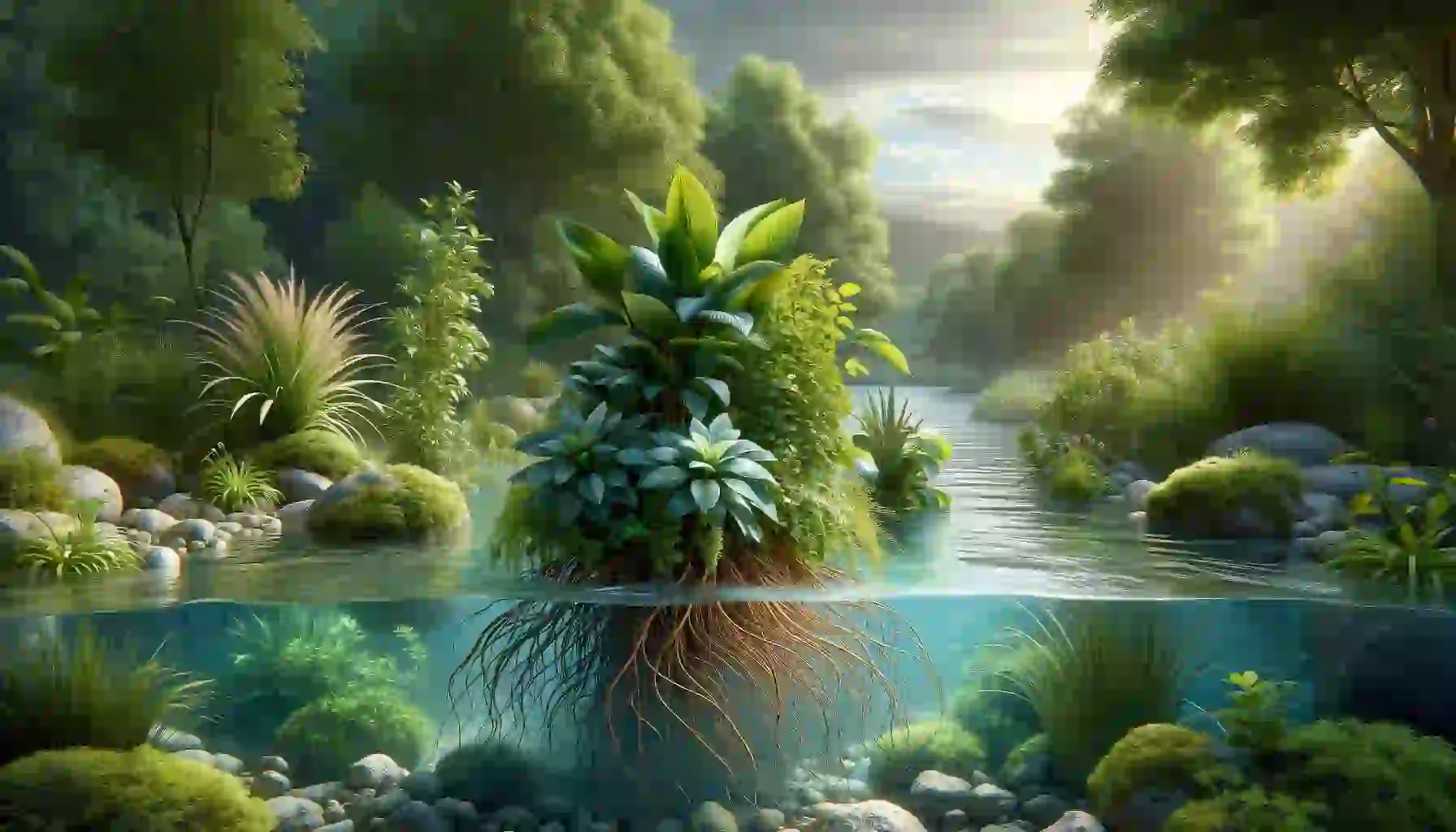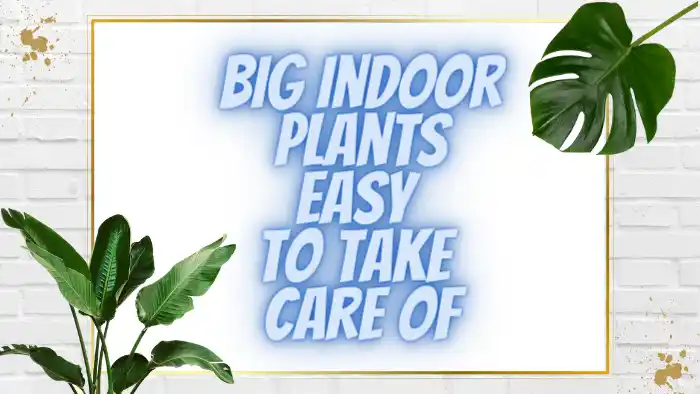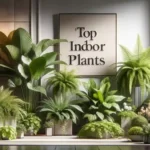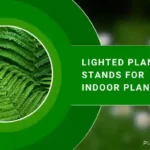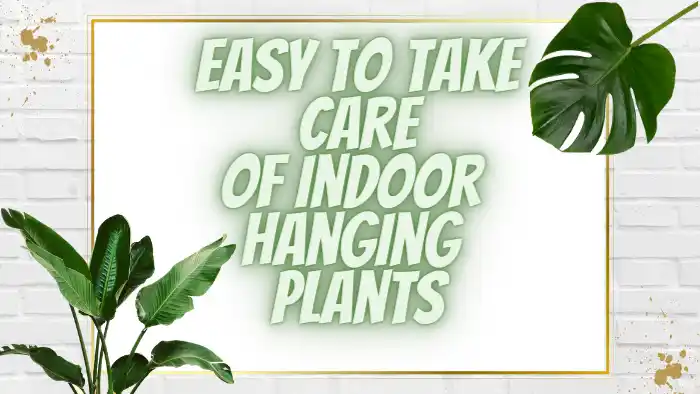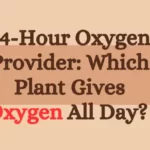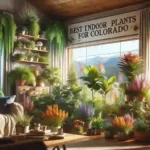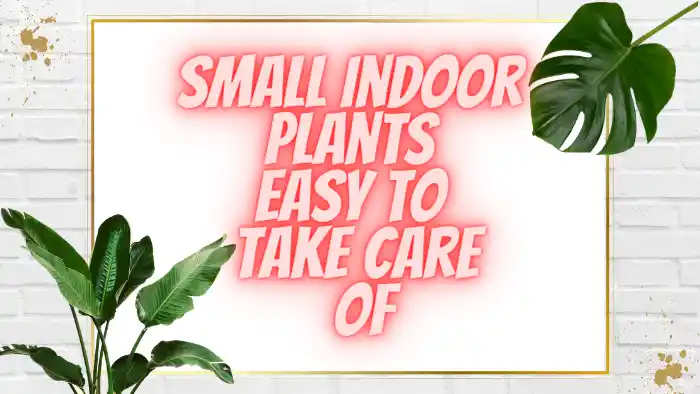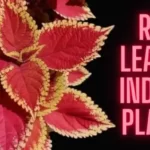Beyond traditional potted plants, an exciting genre exists: hydroculture specimens grown directly in water without soil.
Plants cultured hydroponically flourish beautifully suspended while their roots drift in artfully arranged vases.
Discover this adventurous ornamental indoor gardening style involving aquatic plants and stabilized cuttings.
Overview of Hydroculture-Style Indoor Gardening
Hydroculture involves growing vibrant plants without standard dirt mediums. Instead, their cut stem bases or roots immerse right inside decorative water-filled vessels, extracting the moisture and nutrients required to thrive within glass forms.
Upending conventions around traditional container materials, hydroculture transparently elevates botanical elements indoors through:
- Clean, modern profiles highlighting plants against liquid backdrops
- Minimizing conventional pots, overlaps, and saucers
- Preventing soil leaks, drying, bugs, and repotting tasks
When chosen and assembled thoughtfully, hydroculture planters make living greenery true focal points playing with depth, density, and illumination minus standard soil filling space.
Entry barriers lower with abundant floral options tolerating hydro immersion.
Suitable Plant Varieties to Culture in Water
While nearly any plant can propagate in water for a duration, certain species readily acclimate long term directly planted using hydroculture:
Lucky Bamboo
A top beginner choice, stems of these sturdy Dracaena sanderiana distantly related to true bamboos grow slowly but steadily immersed in vases.
Leaves emerge directly from nodes submerged in water. Just avoid chlorinated tap sources. Lucky bamboo thrives in low light.
Spider Plants
This classic houseplant features long arching leaves plus babies dotting dangling shoots.
Given its hardy resilience, spider plant adapts easily to rooting in suspended water minus medium. Tolerates indirect light beautifully.
Philodendrons
From trailing heartleaf to upright elephant ear types, these unfussy tropicals generate extensive anchoring aerial roots that seek moisture.
Once immersed and supported on glass walls via clips and pins, impressive suspended displays result safely distanced from curious pets.
Pothos and Monsteras
Trailing vines like golden pothos or split-leaf philodendron cuttings readily generate abundant roots once placed in stabilized water.
Affix using floral putty dots and let adhesion begin as stems branch out seeking sustenance.
Ornamental Foliage Geared for Hydroculture
Beyond utilitarian floor plants traditionally potted in soil, creative alternatives beckon specifically for living wall water features and minimalist tabletop setups:
Coleus
Grown for vividly painted, intricately veined foliage, coleus cuttings strike readily in water before rooting into heirloom mixes.
Beginners succeed thanks to the plant’s resilience and low light adaptations. Especially striking in glass containers or pillar vases.
Ferns and Moss
Replicating woodland understory plantings indoors using water features creates magical facsimiles of lush nature.
Aquatic mosses and tropical ferns lend an air plant vibe detached from standard soils as epiphytes in exhibits. Use twigs, rocks and found objects to create captivating scenes.
Ornamental Grasses
Add movement with narrow leaf blades sparkling glazed in sunshine.
Group textural grasses within floor vases as solitary statements or accompany these see-through accents with additional transparent gardens surrounding bases to build layered focal points.
The visual drama hydroculture plants offer remains captivating long term. Visitors will find themselves irresistibly drawn studying your living artworks.
Strategic Use of Hydroculture Style Plants in Interior Décor
Rethinking function within empty floor vases and wall pockets allows introducing lovely hydroculture greenery improving stale spaces through:
Room Dividers
Tall clear vessels filled with leafy bamboo or monstera aerial roots section off space elegantly while enabling light to permeate both directions through transparency. Gather in groupings or scatter singularly.
Window Treatments
Floor to ceiling poles and arched supports covered by vining cuttings remove need for conventional curtains and intricate watering. Trailing leaves filter incoming light levels for privacy.
Wall Décor
Self-contained frames with integrated reservoirs allow mounting directly against walls.
Grow tapestry-like living artworks trained across moistened surfaces contained cleanly within sleek edges. Arrange multiple canvases depicting varied greens for custom installations.
Table Centerpieces
Long narrow mid-century carts topped with open cylinders make perfect unlikely planters housing lush pothos or monstera vines showcased cleanly without soil root interactions obstructing views
Shelving/Cabinet Toppers
Trailing spider plants or philodendron placed atop cabinets add warmth and welcome life against sterile backdrops. Avoid direct sunlight damaging delicate water roots.
Explore an oasis of possibilities decorating with resilient hydroculture plant choices. Quartered vases containing lucky bamboo make great kitchen window herbs. touting versatility
Best Practices Caring for Hydroculture Plants
Water forms the central basis nourishing hydroculture plants in lieu of standard potting soils. Optimizing quality and consistency allows spectacular growing conditions:
- Use room temperature filtered or distilled water changed weekly to avoid stagnation and prevent accumulated chlorine/chemicals burning tender water roots.
- Ensure water levels remain consistent, covering submerged root zones but avoiding overfilling or splashing delicate crown growth.
- Transition plants gradually into water environments if previously growing traditionally potted. Start by allowing some roots to penetrate reservoirs before fully submerging.
- Secure top heavy cuttings using floral putty or pins until ample roots establish anchoring stability weeks later. Prune dying lower leaves until water root growth sustains new foliage.
- Apply high phosphorous liquid fertilizers in early phases when propagating new roots. But avoid overfeeding once stabilized. Rinse residues if water appears cloudy.
Bright light remains essential for most hydroculture plants. Supplement via grow lights if inadequate intensity through top down rays limits productive growth over time.
Unlike traditional moisture wicking directly from surrounding soils, these immersed roots rely completely on ambient hydration penetrating the water holding them.
Keep them thriving through proper acclimation, consistent nutrition sourcing, and ideal illumination fueling development immersed in their liquid medium.
Troubleshooting Common Hydroculture Growing Issues
While minimally demanding, monitor for these trouble signs if plants decline:
Poor Light
Insufficient brightness impedes photosynthesis. New foliage emerges progressively smaller. Gradually acclimate plants to increased light levels if sequence shows deficiencies intensifying over time.
Inadequate Nutrition
Lower leaves yellow while top growth etiolates from consistent nutritional imbalances if reservoirs lack replenished fertilizers.
Flush old water and restart applications based on accumulation. Generally apply half strength solutions to avoid burning delicate submerged tissues.
Foliar Disease
Prevent stagnation creating conditions encouraging blights, rusts, and other pathogens taking advantage through consistent water changes before infections emerge.
Treat with appropriate fungicides if issues appear. Increase air circulation.
Stem Rot
Remove immediately if bases soften with foul odors indicating anaerobic rotting from oxygen deficiencies.
Sterilize containers fully before attempting to salvage specimens showing early dark streaks by trimming several inches above rotten zones.
Intervene early at first signs of distress while simultaneously resolving underlying water quality, lighting nutrition, and air circulation triggers actual responsible decline.
Catch cultural issues early before choking out nascent water roots unable to source sustenance fast enough buffering setbacks through previously established vigorous foundations built over time acclimating provided optimal care consistently nurturing growth.
But discard diseased plants immediately protecting adjacent neighbors because pathogens spread aggressively once gaining footholds inside constrained spaces.
Using Hydroculture Planting Techniques in Outdoor Garden Décor
Beyond indoor hydroculture, embrace liquid gardening outdoors through:
Fountains and Birdbaths
Integrate lucky bamboo, flowering bromeliads like air plants, staghorn ferns showing striking strands, even orchids mounted onto finished landscape water features.
Introduce striking colors and forms contrasting traditional aquatic plants. Consider lighting dramatically against nightscapes.
Pool Planters
Repurpose plastic or cement mixing trays as chic planters holding water rooted cuttings adding height, privacy screening or masking unappealing views along fence lines.
Try red-orange coleus surrounding lucky bamboo tied onto bamboo structural supports. Introduce hydroculture plants into pond or lagoon margins containers housing groups of papyrus, taro and rushes.
The water roots draw ample moisture wicking into vessels.
patio Planter Focal Points
Place glass cylinders or reiterating watering globes atop pedestals, table tops, on steps housing trailing spider plants or pothos cascading lushly.
Use food-safe cubes or hollow planter legs to elevate transparent vessels against solid backdrops for maximum illumination and movement indoors or out.
Living Wall Planters
Grow entire panels of trout fern, nerve plants, polka dot plants and tradescantia foliage contained completely within framed panels.
Use drip irrigation lines to provide nutrients minimizing algae along back reservoirs catching overflow. Capture attention coloring concrete visual boundaries.
Make a splash inserting delightful hydroculture plant arrangements poolside and beyond. They fountain new possibilities for puckish display spaces ripe for reinvention.
Sourcing Inspiring Hydroculture Plant Candidates and Vessels
Seek out exotic yet forgiving resilient plant choices capable of adapting from traditional soil environments transitioning gradually into fully immersed rooting.
Baby aquatic marginal plants offer lower risk establishment. Investigate regional water gardening specialists.
Prepare extra cuttings initially in case some fail thriving long term. And explore alternative vessel options like:
Glass cylinders, bubble vases
Use clear solid clean lines highlighting negative spaces contrasting textures dancing within illuminated water.
Grow lucky bamboo, pothos. spider plants or dracaena margins. Add colored glass beads shifting dramatically with motion.
Rectilinear cubes or geometric terrariums
Play with boxy outlines and linear profiles housing orderly displays against chaotic trailing vines and grasses. Try wheat grasses or air plants anchored onto stones, marbles or legitimate hardscape material replicating naturalistic environments.
Footed bowls and curved dishes
Circular formats reinforce symmetry and radial mimicrings laying plant bases following similar elliptical layouts.
Water lilies, lotuses, and marimo moss balls float dreamily. Accentuate elegance displaying within ornate rococo styled accents.
Seek out unlikely candidates tolerating deep immersion thriving slowly. Try variegated shell ginger rhizomes for stunning hypnotically graceful leaves with central striking structural textures Create your own signature liquid ambiance through thoughtful plant and vessel pairings.
The results may surprise you marveling just how easily many common plants adapt thriving given proper transitional guidance into eventually minimal care once secured fully rooted.
Conclusion
Indoor hydroculture offers a captivating and sustainable way for plants to thrive without soil.
From pothos to lucky bamboo, these water-dependent plants bring simplicity, elegance, and low-maintenance greenery to indoor spaces, making it a popular choice for plant enthusiasts.
FAQs
Do you need to use soil at all with hydroculture plants?
Hydroculture involves growing plants directly rooted within stabilized water vessels completely without standard potting soil mediums. Avoid transferring any soils on roots or stems during the transition.
What nutrients do hydroculture plants need?
Nutrition is introduced via dissolved fertilizers applied according to specific plant requirements since no native nutrients exist within plain water holding roots and stems. Use either liquid concentrate mixes or time release tablets placed inside reservoir containers to nourish growth.
Can you grow vegetables using hydroculture techniques?
Small varieties of onions, herbs, lettuce, kale, peppers, and tomatoes adapt well to hydroponic culture systems provided adequate lighting and nutrition exceeds soil-based equivalents since all sustenance originates from surrounding waters directly contacting roots.
Which hydroculture plants can be kept outdoors?
Lucky bamboo, papyrus, taro and many Margaret marginal aquatic plants thrive through summer months in temperate to tropical climates but most selections require sheltering pots from chillier locations in winter months to avoid outright freezing and decline occurring due to shorter, darker days providing less fuel generation through reduced photosynthesis. Move vulnerable plants indoors seasonally.
How often should you change hydroculture plant water?
To avoid water contamination buildup burning tender roots plus limit potential pathogen development in stagnant conditions, replace water at least weekly initially checking for clouded appearances indicating earlier refreshing needed perhaps twice regular month. Transition established plants into biweekly then monthly water swaps monitoring clarity and conditions. Top off evaporating levels between full changes.
I am a Horticulture graduate and passionate gardener with expertise in identifying, growing, and caring for plants, trees, and seeds. With a focus on sustainable practices, they aim to promote environmental awareness and appreciation for the natural world.
